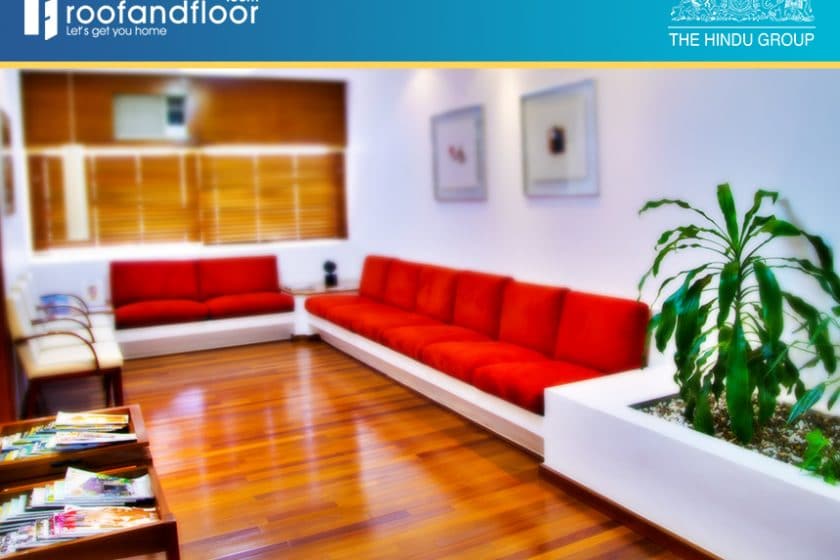A couple of decades ago, making your home eco-friendly was not only expensive, but the result also wouldn’t as visually artistic and aesthetic as you want it.
But now with advances in green technology, this is no longer an issue. Today, more and more designers are offering eco-friendly materials, and the design world now offers many beautiful options to pick and choose from.
We discuss trends in eco-friendly flooring and how your home can be made eco-friendly from the ground up.
Timber
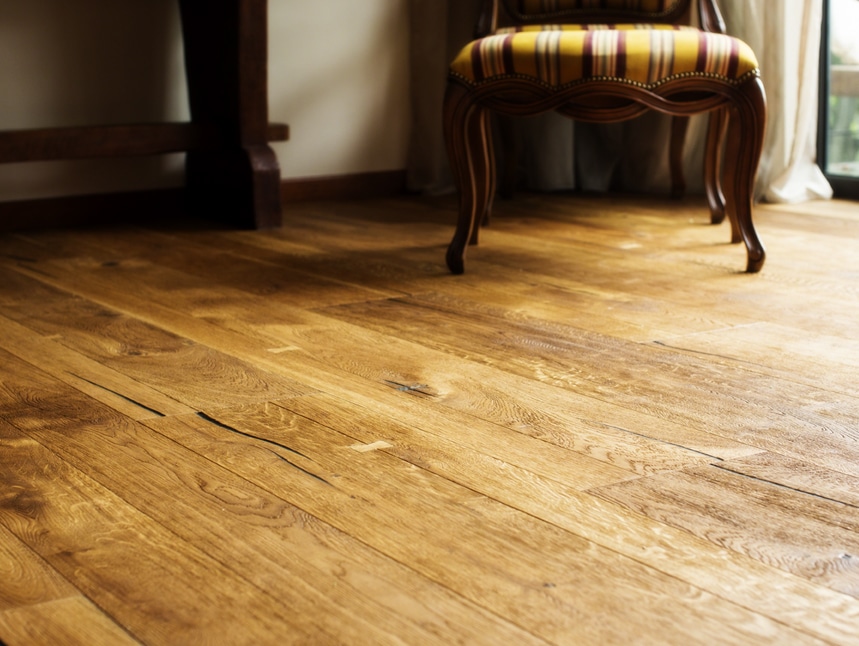
Timber is an attractive choice among homeowners because it offers a flooring solution that provides the advantages of both durability and luxury.
Being renewable and recyclable it is, therefore, an excellent choice.
Bamboo
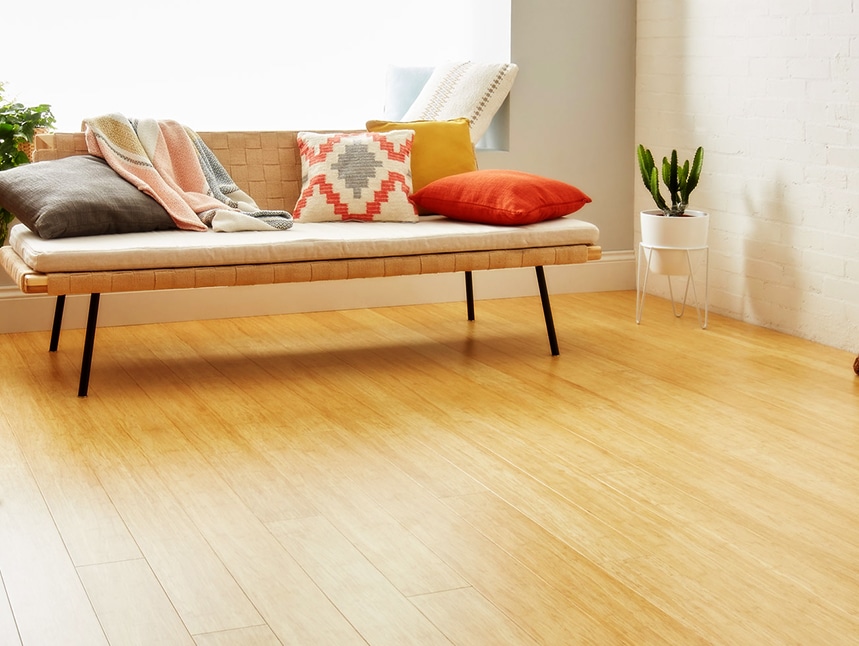
Bamboo is a grass that is an incredibly renewable resource. It shoots up rapidly and can grow completely within just five short years. Compare this to trees which require on an average of at least 20 years to develop fully!
Despite being a grass, bamboo can be used in flooring to offer the same traditional wooden look that you see in most flooring options available today.
Bamboo also shares quite a few similarities with hardwood. For one, it is durable and effortless to maintain and install. Bamboo flooring is also available in various shades and tones and can blend with any setting or decor style.
Lavastone
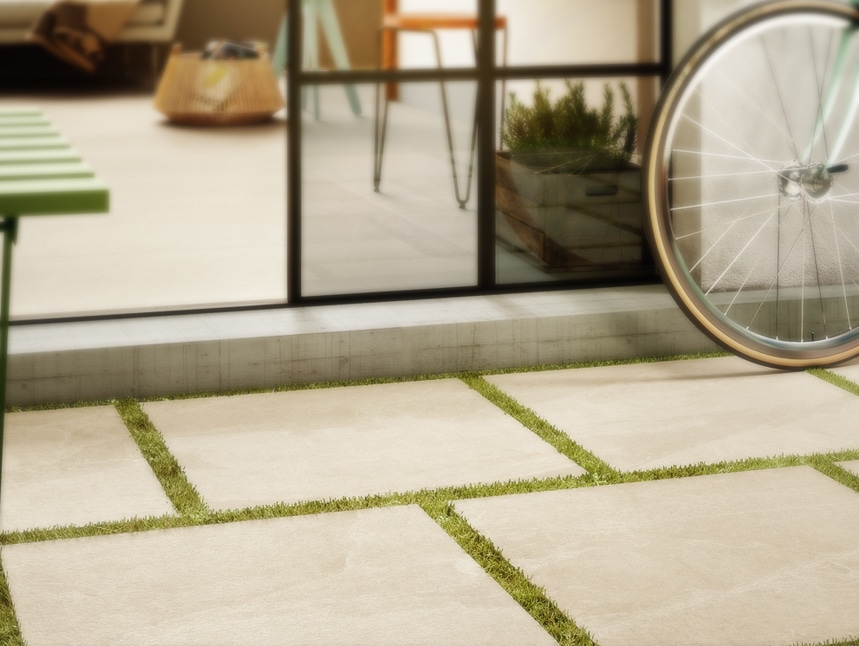
Lavastone is an exception to most other quarried rocks which are non-renewable. Lavastone is obtained from the volcanic slopes of France and Italy, and since it is hardened lava, it is constantly renewed.
It is also one of the most beautiful and eco-friendly flooring options available.
You can use lava-stone either as kitchen countertops or as beautiful floor tiles. Since lava-stone is a relatively more expensive choice, if you want to stick to a budget, then consider using it as flooring in smaller spaces like your bathroom as it is the perfect place to showcase this gorgeous stone.
The best part about using lava stone is that it is both scratch and stain resistant.
Rubber
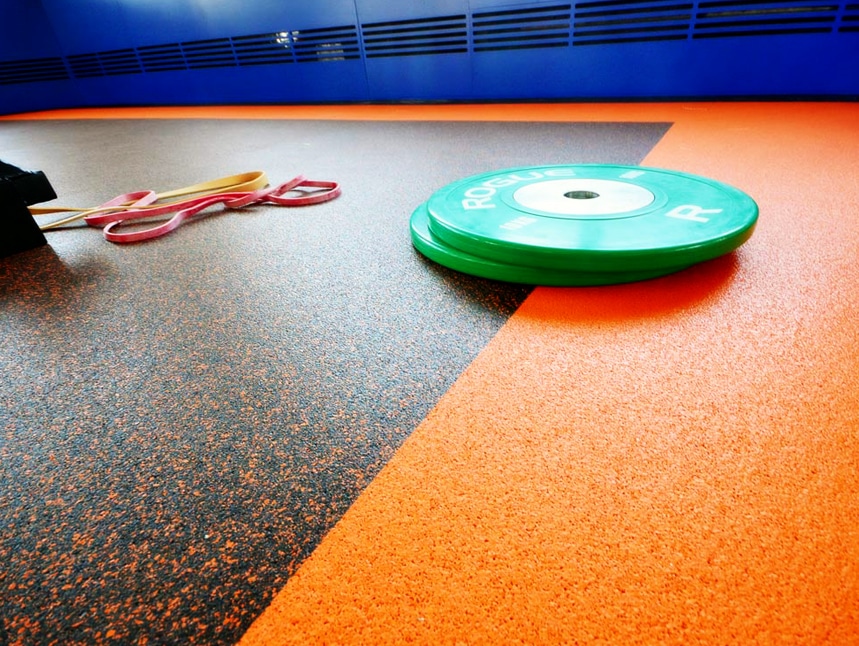
Recycled tires from gyms, local neighbourhoods and other sources are used to create rubber flooring.
Rubber flooring is very comfortable to walk on and is water resistant. When used in kitchens and bathrooms they look stunning, and they are also available in a variety of colours and patterns.
Glass tiles
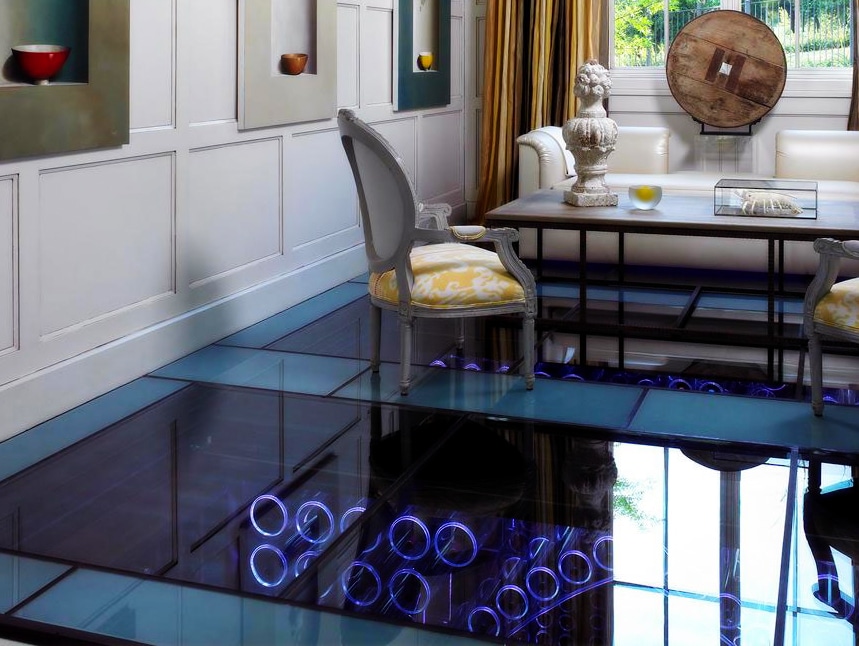
Glass obtained from disposed wine and beverage bottles is now being recycled to make beautiful flooring.
One of the advantages of using glass is that it won’t dampen or swell due to its non-absorptive nature. This makes it very easy to maintain.
Also, glass flooring is available in multiple colours, patterns, and design schemes. Moreover, as opposed to traditional ceramic tiles, glass tiles reflect more light, which tends to illuminate rooms during the daytime.
Linoleum
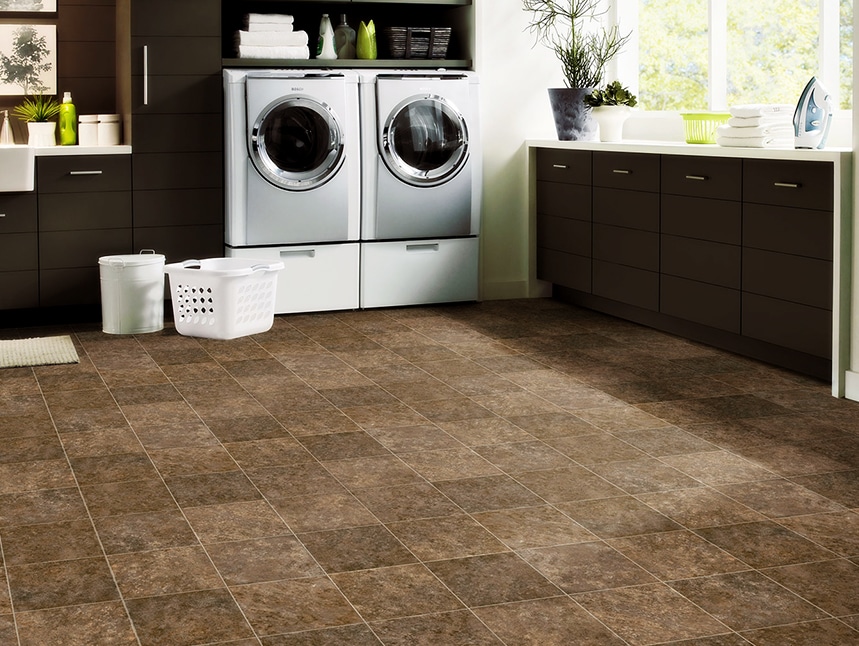
Linoleum is environmentally sustainable. And it’s also available in almost any colour you can imagine.
Linoleum flooring is produced by combining several eco-friendly materials like linseed oil, tree resins, wood flour, cork dust, and ground limestone. Like cork, it is fire and water resistant and has a long shelf life.
Cork
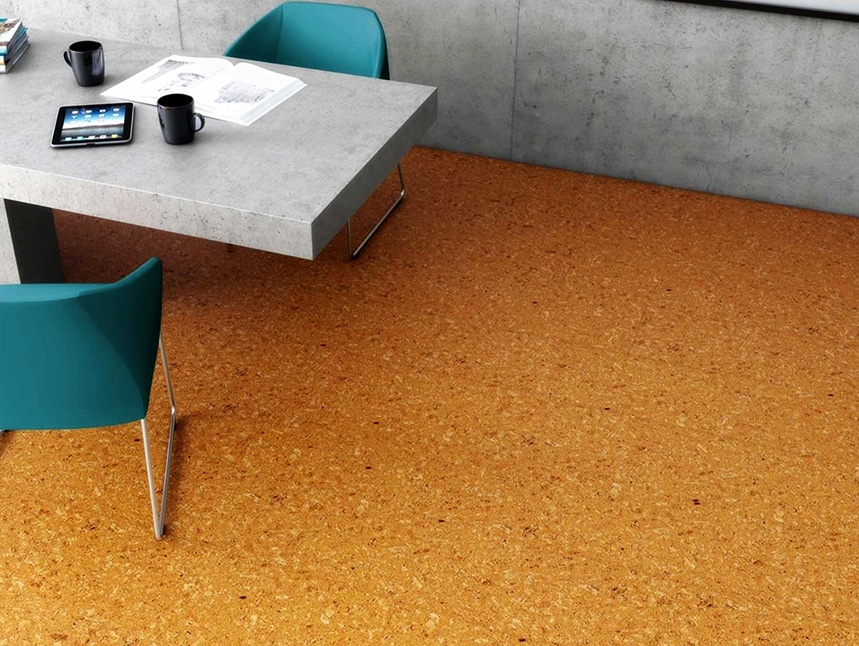
Cork, yes the same material that is used as stoppers for beverage bottles especially wine, is obtained from the bark of the cork oak tree found in the Mediterranean forests. For the use of cork flooring, these trees need not be harvested. Only the bark is scraped off. And the bark grows back within three years. Incredible, isn’t it?
Besides being sustainable, cork flooring also looks very beautiful. And it has a few surprising chemical properties that add to its shelf life and reduce its maintenance costs.
For one, it repels insects, allergens and is a fire retardant. It can also be designed and painted to suit your design tastes. Cork is a durable flooring option and has a lifespan of 10-30 years depending on your particular circumstances.
Summary
Did you notice how the eco-friendly flooring options similar to their non-ecofriendly counterparts are just as beautiful, durable and versatile? Now weigh in the added benefits of preserving the ecology of the planet.
Doesn’t that feel good?
Absolutely!
You don’t have to sacrifice aesthetics to save the environment.
This article was originally published on www.thehindu.com dated August 01,2017

